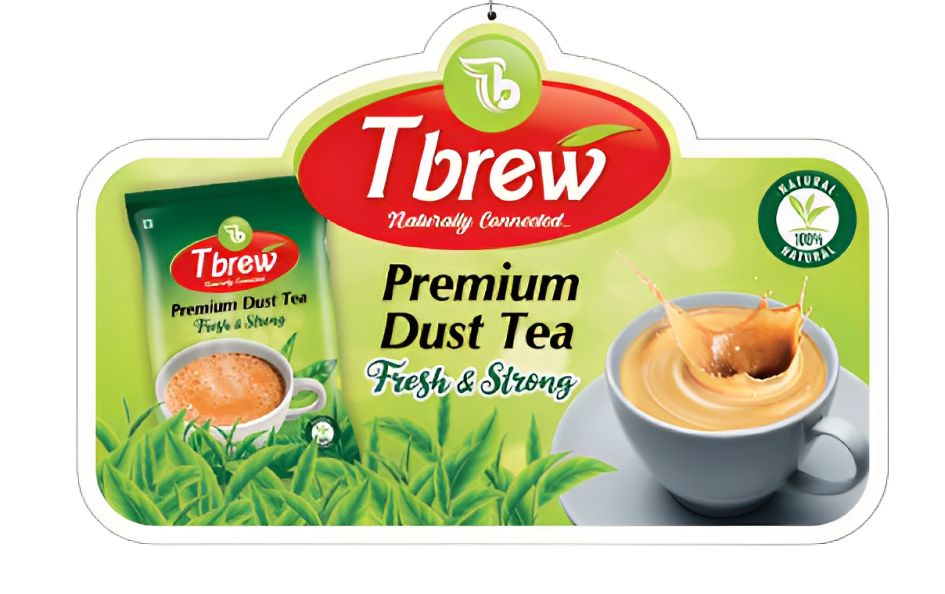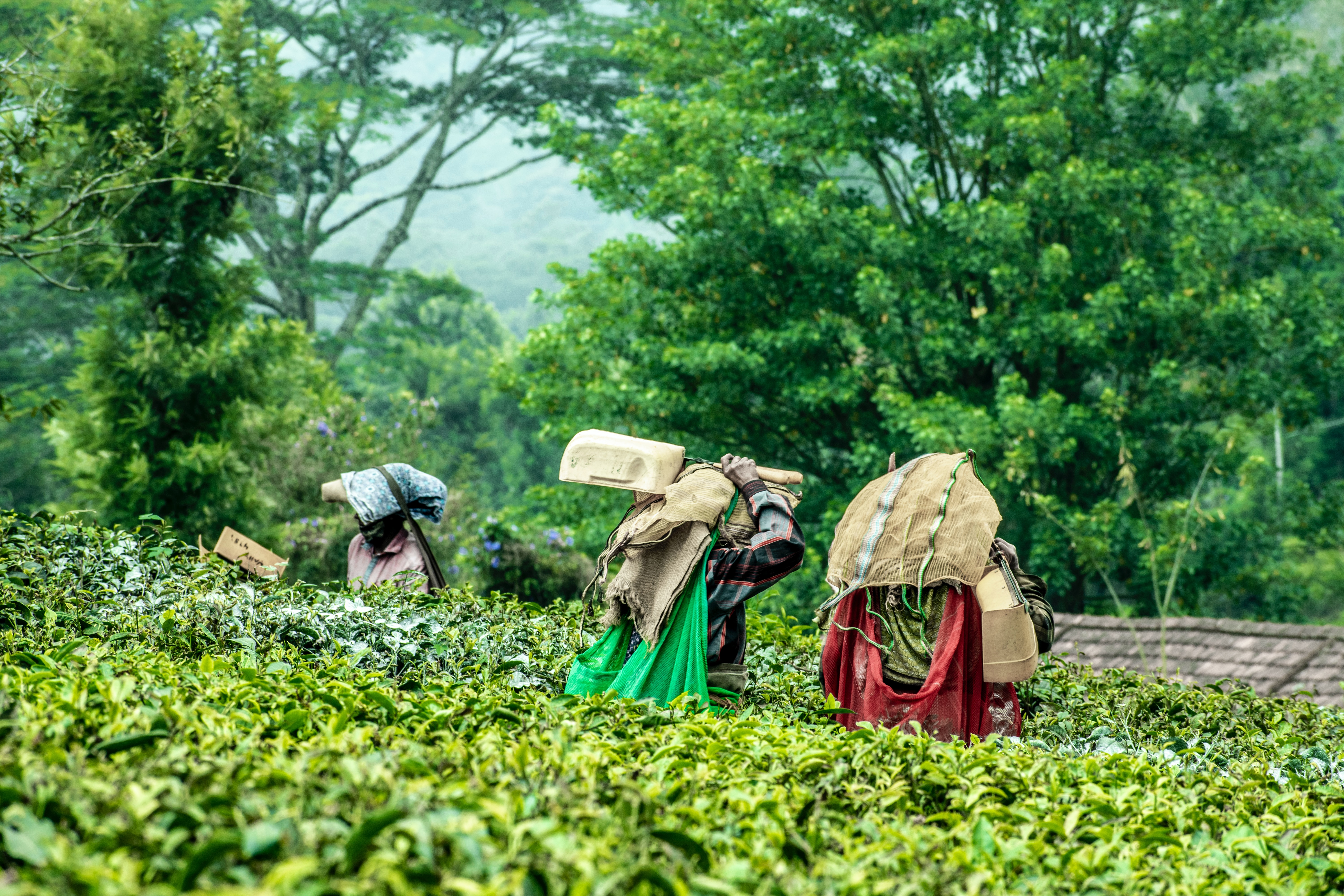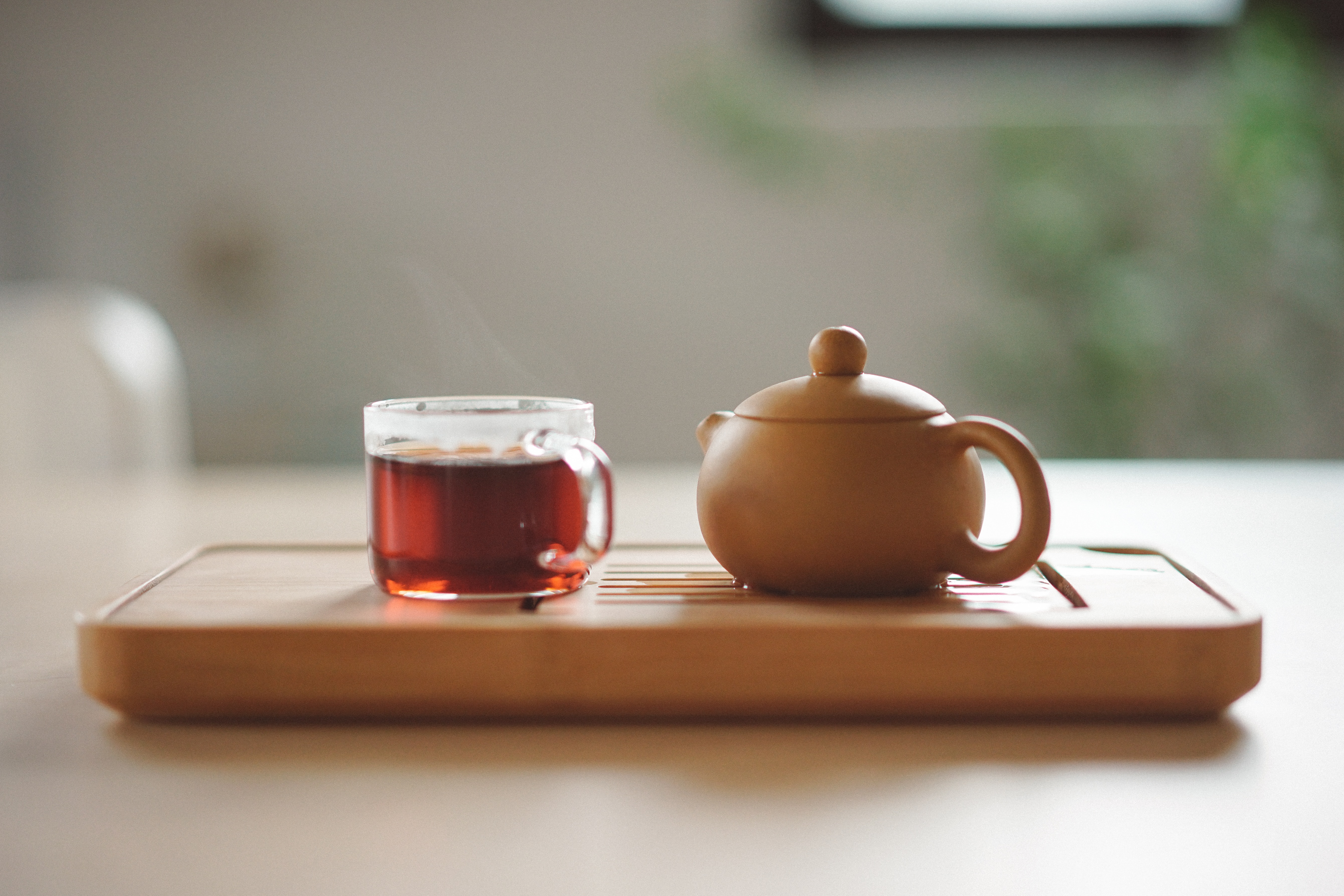The TEA plant is a versatile and hardy plant having a life span extending to over 100 years. The scientific name of Tea is Camellia sinensis. It was the British who introduced scientific tea cultivation in India in the late 18" century and early part of 19 century. Tea was first planted in Munnar in the year 1877.
• TEA HARVESTING
Plucking is considered to be the most important cultural operation in tea. Besides plucking the leaves using hand, mechanical harvesting and motorized harvesting are also carried out.
• TEA PROCESSING
The following are the main manufacturing process:
1. WITHERING: The plucked tea leaves are brought to the factory, and in order to reduce moisture content the green tea leaves are spread in a trough for about 12 to 16 hours, and hot air is blown underneath the trough. Apart from the reduction of moisture, this process also enables certain desirable bio-chemical changes to take place within the leaf cells. This process is called withering.
2. MACERATION: Two methods of maceration is generally carried out for manufacture of BLACK TEA.
(a) CTC (Crush, Tear and Curl) Processing: In this process, the withered leaves are pre- conditioned by macerating lightly in a shredder, followed by rotorvane machine. The rotorvaned tea (the macerated leaves) is then passed through four CTC machines arranged in tandem for adequate maceration.
(b) Orthodox Processing: In this process, rolling of tea shoots is done in rollers, just as leaf is rolled between the palms of two hands. After rolling for about 45 minutes, the leaf is passed over a sifter to remove the well- rolled leaf called 'fines'.
3. FERMENTATION: Fermentation is an important stage in black tea processing, because during this stage the most important properties of tea are produced. During fermentation, the colour of leaves change from green to coppery brown. In CTC process, the macerated tea is fermented in a revolving large fermenting drums or continuous fermenting machines. In Orthodox process, fermentation is carried out by spreading the rolled leaf in a layer of 1" to 3" thickness on floor, for 2 to 3 hours. Fermentation is an oxidation process by which the polyphenols in tea leaves get oxidized
4. DRYING: The fermented tea has to be dried, in order to (i) arrest the fermentation, and (ii) to remove moisture in order to increase the keeping quality of tea. The colour of tea turns from coppery brown to black during this process.
5. SORTING: The dried tea is separated into various grades of different sizes and forms confirming to market requirements. Sorting includes cleaning of fibre, grading.
GRADES OF TEA
There are essentially three main classes of grades of tea, viz, (i) Leaf, (ii) Broken and (iii) Dust. In each of these main classes, the tea is further classified according to size and the grades.
Tea also comes with a number of added natural flavours. The most common ones are Lemon, Ginger, Cardamom, Masala, Mint, Orange, etc.
Green Tea, White Tea, etc: Green tea leaves harvested from the same tea bush are used for the manufacture of Green Tea, White Tea, etc. Only difference is that selected bud and leaf alone are used, and the manufacturing process is totally different from black tea manufacture.











